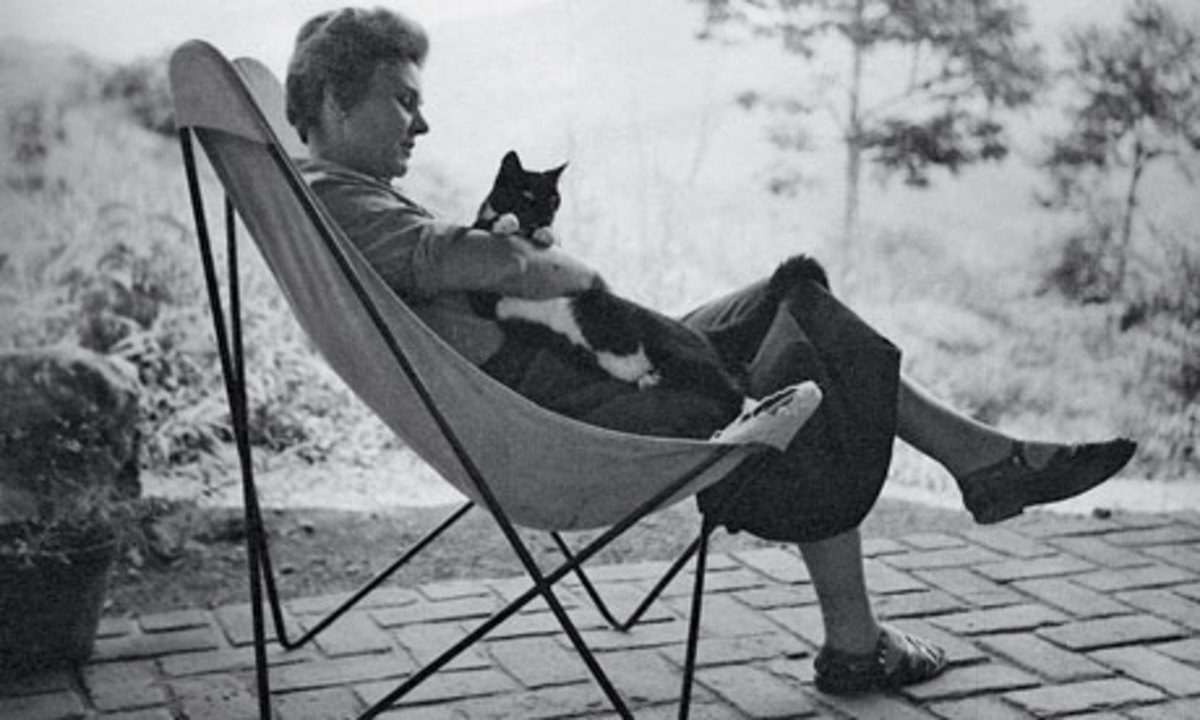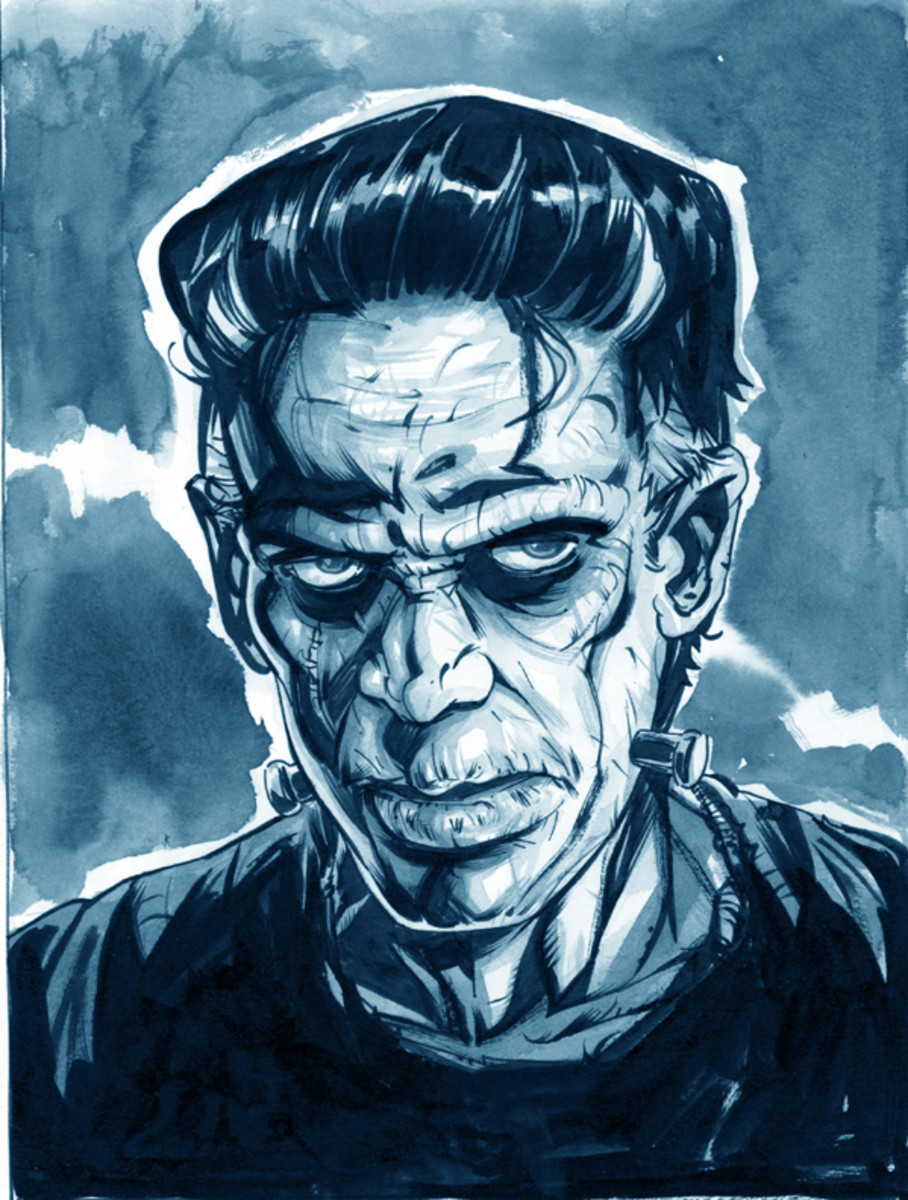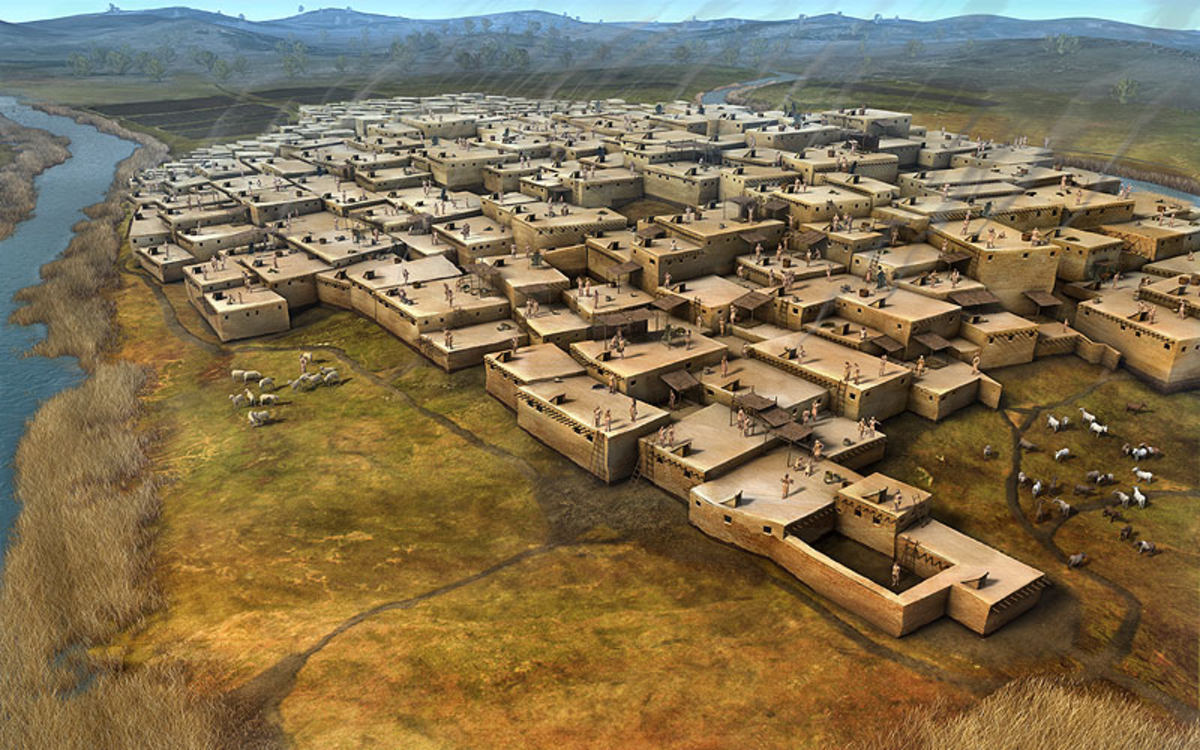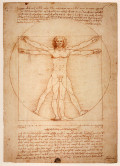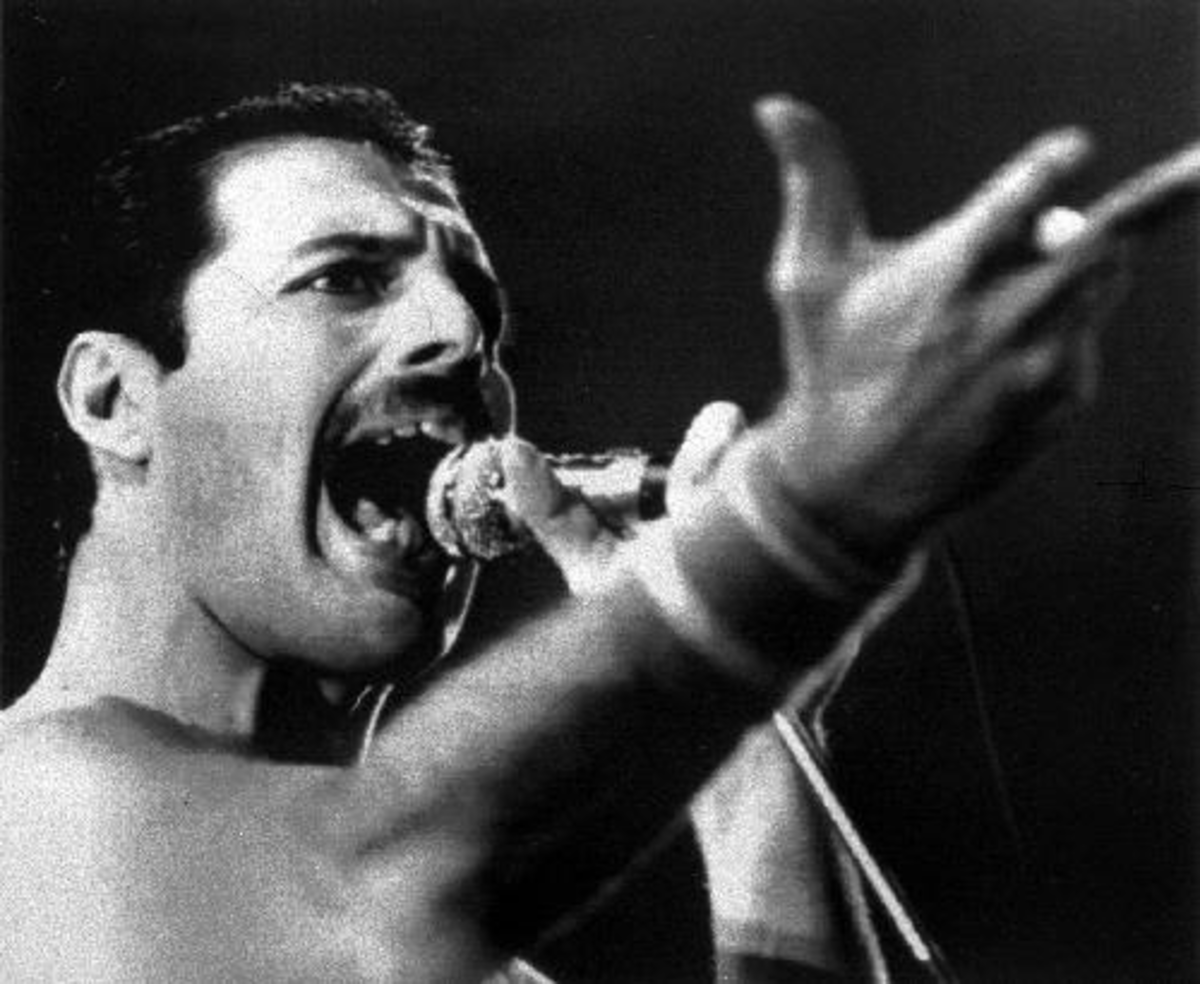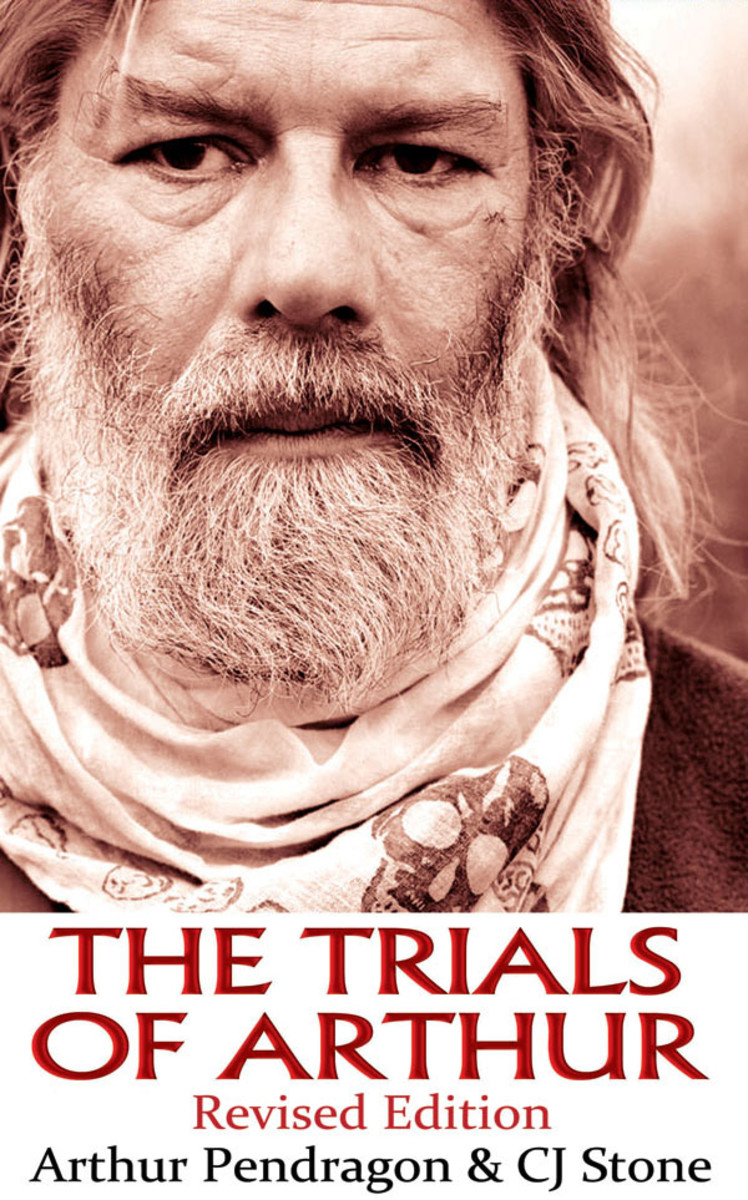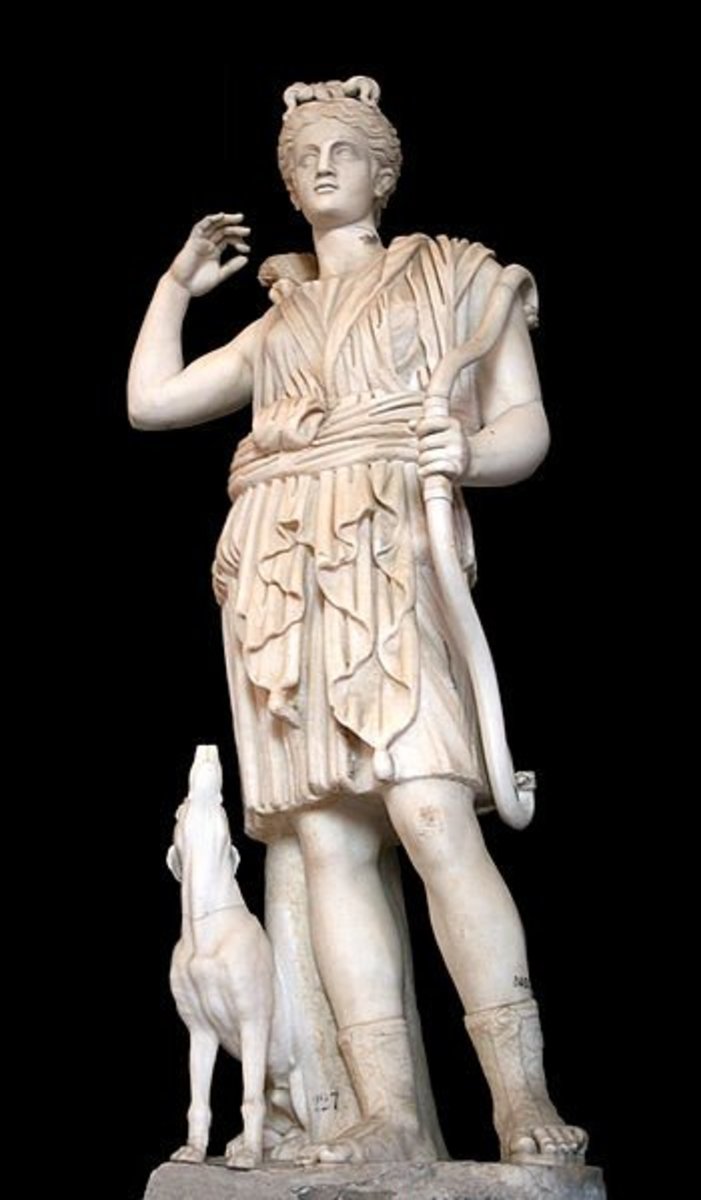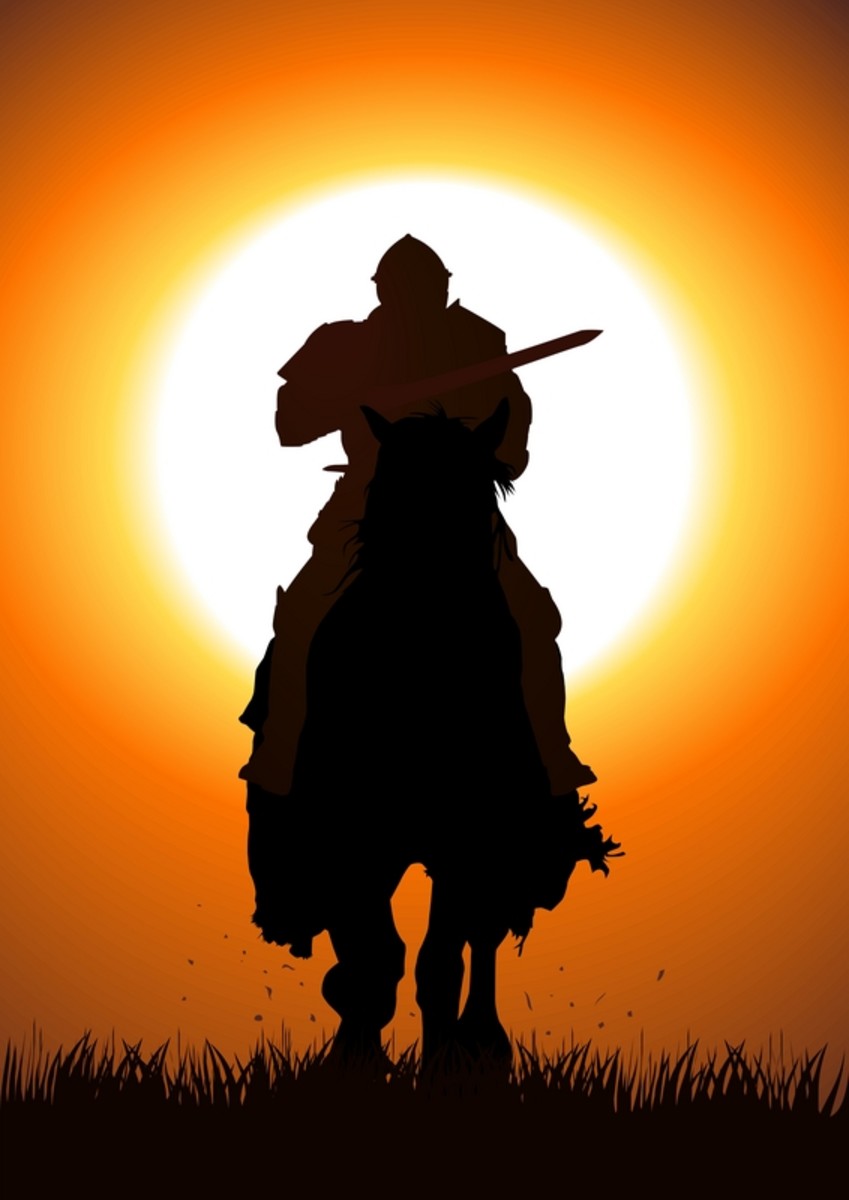Kokopelli: a god of fertility and agriculture
Introduction
There are many interesting stories and characters in biblical, Roman,Greek, Native American, etc etc mythologies and I thought it would be fun to do some HUBS on some of these mythological figures and events. Of course, when I say "mythology" I'm not necessarily implying that they are false, only that they should be categorized under the heading of "myth". I hope that you will find them interesting and if you have any specific myths of mythological figures that you would like to see HUBS on, please let me know!
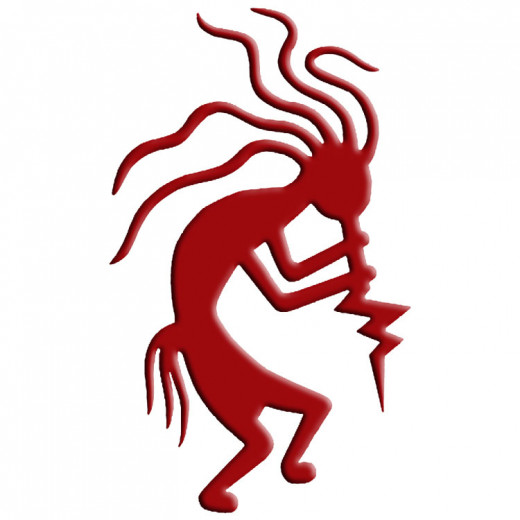
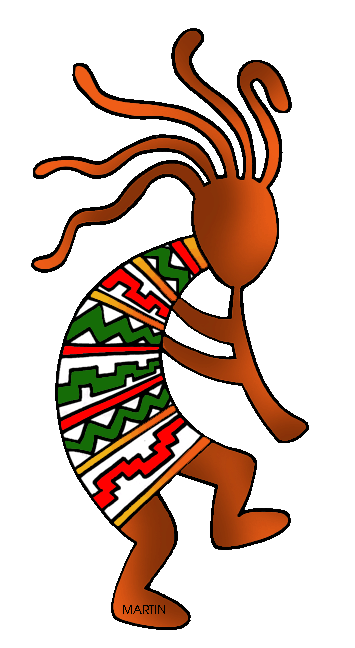
Who is Kokopelli?
Kokopelli is a prankster god and the god of fertility. His primary domain is in agriculture. He is also a healer and a storyteller and represents the spirit of music. Pueblo Indians including the Hopi and the Zuni, provide the origins for this god and images of Kokopelli date back almost 3,000 years. This imagery has been found on pottery and rock/cave drawings in the American Southwest.
What does Kokopelli look like?
In basic terms, Kokopelli is a humpback who is constantly playing the flute. He has feathers or antennae like appendages growing from his head, and is often depicted with a large phallus. Legend says that he became humpbacked because of a sack he carried over his shoulder. The contents of that sack variy depending on where the legend originates.
Who is Kokopelli related too, mythologically speaking?
Kokopelli Mana is the female counterpart for Kokopelli. Very little is known about her. Images of her depict her with one less feather in her headdress.
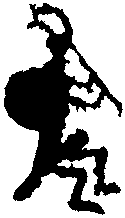
What does Kokopelli do? What myths are associated with him?
Kokopelli's primary domain is in agriculture and his flute-playing chases away winter and brings about spring. Many tribes, including the Zuni,m associate Kokopelli with rain. In depictions of maize-grinding ceremonies, he appears often with Paiyatamu, another flutist. Some tribes say he carries seeds and babies on his back, which could explain the origins of his hump.
Where is Kokopelli now and is anything connected to him now in the modern world?
Recently, the emasculated version of Kokopelli has been embraced as a symbol for the Southwestern United States as a whole. His image decorates myriad items including T-shirts, ball caps, and key-chains. A bike trail between Grand Junction, Colorado, and Moab, Utah, is named Kokopelli Trail.
Mythologically, he is similar to Chiconahul, the Aztec gdomestic fertility goddess, trickster gods (including Loki, Bridgid, the goddess of healing and the Horai, the goddesses of the seasons.



